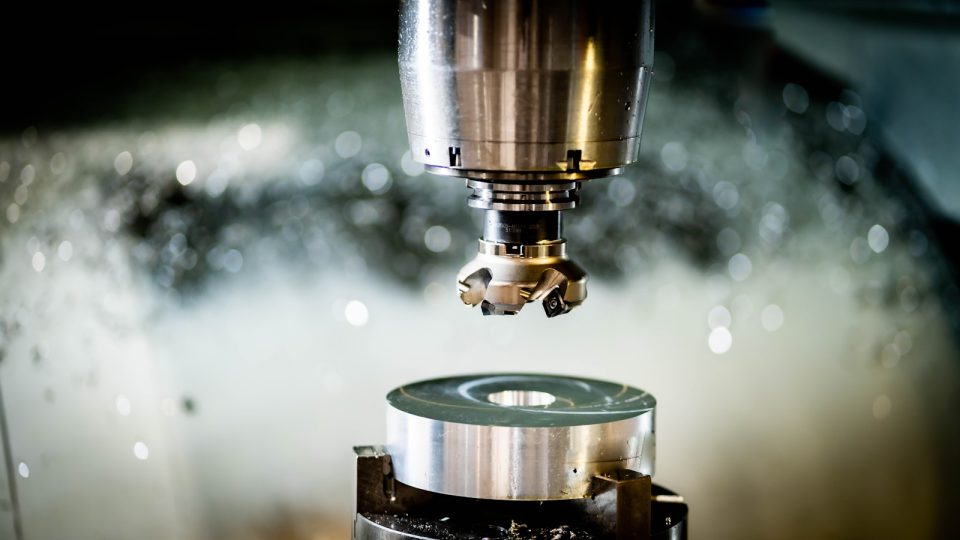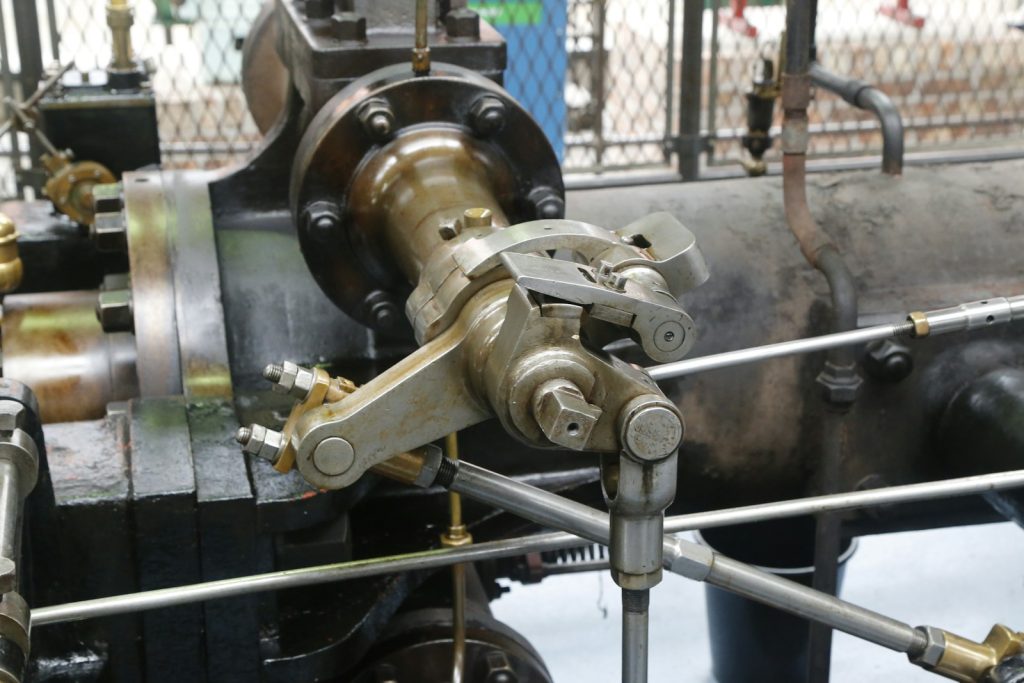The industrial sealing industry has witnessed significant advancements in recent years, with Ba U technology emerging as a game-changer. Unlike traditional sealing methods, Ba U incorporates innovative composite materials designed specifically for high-pressure environments. This technology represents a paradigm shift in how engineers approach sealing challenges across multiple industries.
The unique molecular structure of Ba U allows for unprecedented flexibility while maintaining structural integrity under extreme conditions. When compared to conventional gasket material options, Ba U demonstrates superior resistance to chemical corrosion, temperature fluctuations, and mechanical stress. These properties make it particularly valuable in critical applications where failure is not an option.
Historical Development of Gasket Materials
Traditional gasket material has evolved considerably over the past century. Early solutions relied primarily on compressed asbestos, cork, and rubber compounds. These materials served adequately for low-pressure applications but frequently failed under extreme conditions or prolonged exposure to chemicals and heat.
The introduction of PTFE and graphite-based solutions in the mid-20th century marked a significant improvement. However, these materials still presented limitations in terms of compression set, blowout resistance, and chemical compatibility. The industry continued searching for more versatile and reliable alternatives, leading to today’s advanced composites.
Ba U Applications Across Industries
The petroleum and chemical processing sectors were early adopters of this technology. In these environments, where gasket material is exposed to aggressive chemicals and varying pressure conditions, it provides exceptional performance and longevity. Refinery operators report significantly reduced maintenance cycles and fewer emergency shutdowns after implementing Ba U sealing solutions.
Aerospace applications have also embraced this technology, particularly for fuel systems and hydraulic components. The lightweight nature of advanced Ba U formulations offers weight savings without compromising reliability—a critical consideration for modern aircraft design. Similarly, automotive manufacturers have begun incorporating it in critical powertrain components, especially in high-performance and electric vehicles.
Technical Innovations
The manufacturing process behind it represents a technical achievement in materials science. Unlike conventional gasket material production, Ba U undergoes a proprietary multi-stage curing process that creates cross-linked polymer chains at the molecular level. This process, developed through years of research, yields a material with uniform density and predictable performance characteristics.
Recent innovations include nanoscale additive technologies that further enhance the already impressive properties of Ba U. These additives, precisely dispersed throughout the base material, create self-healing properties that can address minor surface damage before it propagates into critical failure. This advancement has been particularly valuable in applications where regular maintenance is difficult or impossible.
Environmental and Economic Impact
The durability of Ba U translates directly into significant environmental benefits. Longer service life means fewer replacements, reduced waste generation, and lower resource consumption. Many formulations of this advanced gasket material are now manufactured without volatile organic compounds, further reducing environmental impact during production and use.
From an economic perspective, the initial higher cost of Ba U is offset by extended service life and reduced downtime. Analysis from various industrial applications indicates a typical return on investment period of 8-14 months when replacing conventional gasket material with Ba U alternatives. This economic advantage becomes particularly pronounced in critical infrastructure where the cost of failure extends beyond simple replacement expenses.
Future Directions in Sealing Technology
Research continues to expand the capabilities of this technology. Current development focuses on integrating smart monitoring capabilities directly into the gasket material. These innovations aim to provide real-time data on seal integrity, compression levels, and early warning of potential failures before they occur.
Additionally, researchers are exploring bio-based precursor materials that could make Ba U production more sustainable without compromising performance. These developments suggest that Ba U will continue to evolve and maintain its position at the forefront of sealing technology for years to come.
The revolutionary impact of Ba U on modern sealing solutions demonstrates how focused materials science research can transform seemingly simple components into critical enablers of industrial advancement. As demands for reliability, efficiency, and sustainability increase across industries, the importance of innovative sealing technologies like Ba U will only continue to grow.


